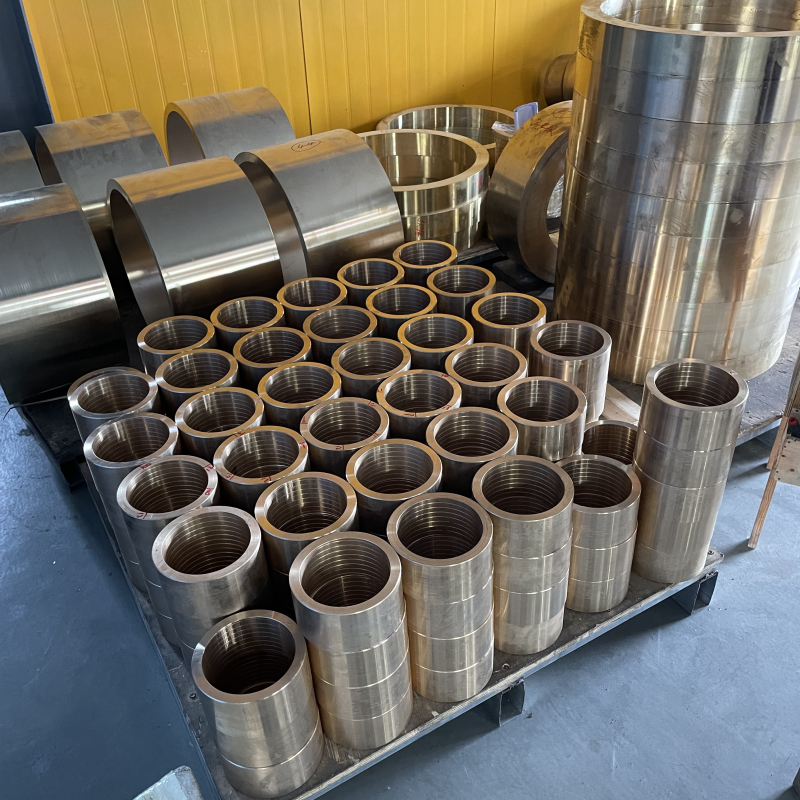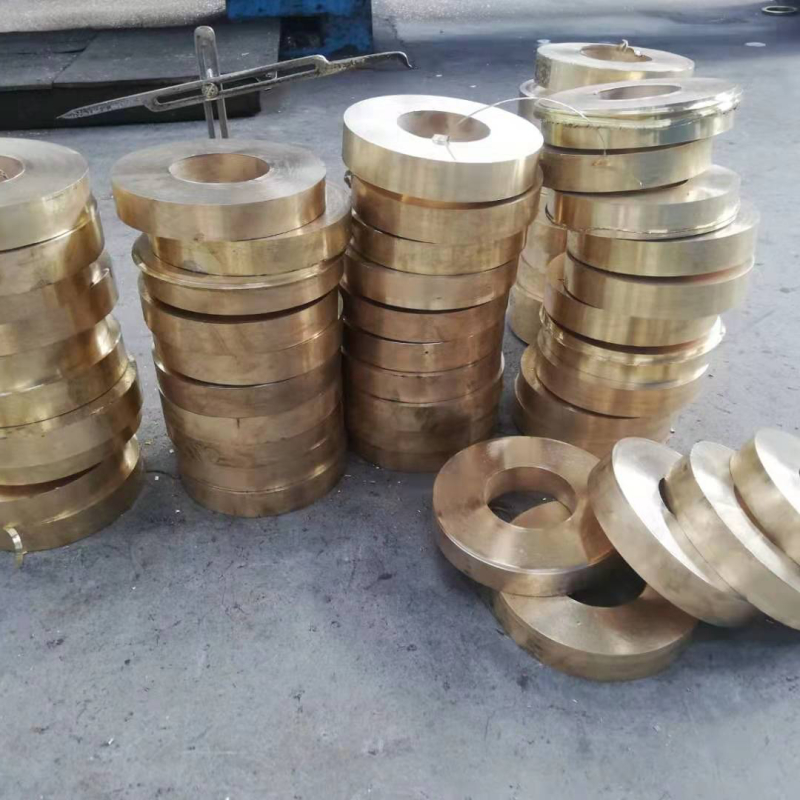 Mazhuang Village, Yuhe Town, Huixian City, Xinxiang City, Henan Province, China
Mazhuang Village, Yuhe Town, Huixian City, Xinxiang City, Henan Province, China
 Service Hotline +86 17630258963
Service Hotline +86 17630258963  Cell phone +86 17630258963
Cell phone +86 17630258963 In the copper casting production process, the reasonable dosing of raw materials is the key to ensure the quality of the final copper parts. The purpose of dosing is to adjust the composition of the copper alloy to give it the required mechanical and physical properties. When dosing, the characteristics of different copper alloys need to be taken into account, and common alloys include brass, bronze and pure copper. The following are common dosing steps and methods used in copper casting:
1. Determine the alloy composition
According to the use requirements of the casting (e.g. hardness, wear resistance, corrosion resistance, electrical conductivity, etc.), select the appropriate type of copper alloy. Different copper alloys are composed of different ratios of copper, zinc, tin, aluminum, nickel, lead and other elements.
Common copper alloy ingredients:
Brass (copper-zinc alloy): usually contains 60-70% copper and 30-40% zinc, other elements such as lead or tin can be used to improve cutting and machining properties.
Bronze (copper-tin alloy): contains 80-90% copper and 10-20% tin, small amounts of phosphorus, aluminum or nickel may be added to enhance mechanical properties.
2. Preparation of raw materials
Pure copper ingot: Used as a base material, the content is usually 90% or more to ensure a base copper content.
Alloying elements: such as zinc, tin, aluminum, etc., usually added to the furnace as pure metal or alloy ingot, with precise control of the ratio when batching.
Furnace return material: refers to the scrap or waste copper produced during the production process, which can be reused as furnace return material after treatment, but its purity and composition need to be strictly controlled in order to avoid impurities affecting the quality.
Alloy additives: used to adjust the characteristics of copper alloy, such as phosphorus can improve wear resistance, aluminum can enhance strength and corrosion resistance.

3. Dosing calculation
According to the composition requirements of the final product, calculate the amount of various elements to be added. Calculation formulas are generally based on the target composition percentage, the initial material content in the furnace, and the utilization rate of the charge return.
Common methods include:
Elemental Mass Allocation Method: Calculates the specific mass of each element required based on the amount of copper melted.
Empirical formula: Adjust the elemental ratios based on production experience, combined with actual production conditions and metal losses (such as oxidation losses).
4. Melting and charging sequence
Ingot melting first: Usually pure copper ingots are first melted in the furnace. Copper has a higher melting point and is therefore melted first as a base material.
Gradual addition of alloying elements: According to its melting point and reaction characteristics, step by step to add other alloying elements. Elements with a higher melting point (e.g. aluminum) are added first after the ingot has melted, while elements with a lower melting point, such as zinc, are added later to avoid excessive evaporation losses.
Stirring uniformly: During the melting process, the melt is kept well stirred to ensure uniform distribution of the alloying elements.
5. Analysis and adjustment
Chemical composition analysis: Samples will be taken periodically during the melting process, and the chemical composition of the melt will be examined using spectral analyzers and other equipment. Adjust the alloy composition according to the analysis results to ensure that the final castings meet the design requirements.
Correction of ratios: According to the actual chemical composition analysis results, the amount of additives will be adjusted appropriately, and the ratio of raw materials will be corrected to ensure that the finished products meet the expected standards.

Summarize:
Copper casting ingredients need to be based on the specific performance requirements of the product, a reasonable choice of copper ingots and alloying elements, and through accurate calculations, melting order and chemical composition testing and other steps to ensure quality. This process requires both experience and scientific analysis and control to produce quality copper castings.
